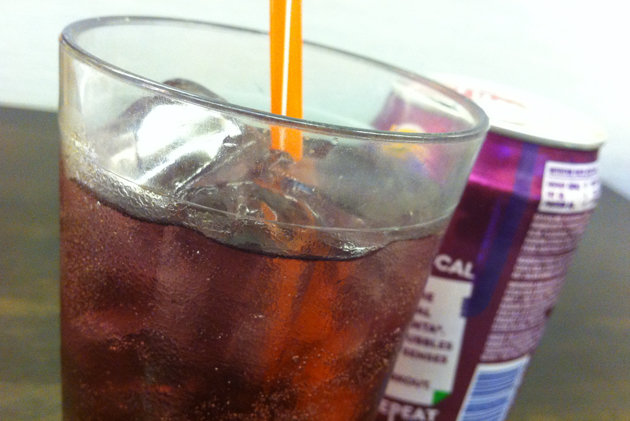
Insects in Soft Drinks?
By Joanne Yeo - Monday, Sep 17, 2012
Waiter!! There’s a fly in my soup!” goes the usual complain. If only they knew it has to be there in one way or another. They are used in food, perfectly authority approved stuff, in more ways than one.
What about manufactured food products? How sure are you that they are free of any creepy crawlies? Out of sight certainly doesn’t mean they are not inside. Well reveal the creepy truth…
Carmine and shellac are two pretty common additives made with aspects of insects and are found in manufactured food products such as soft drinks and yoghurts for the former and jelly beans for the latter. Both are permitted for use as food additives in Singapore.
Carmine, a natural red food coloring is made from crushed, boiled cochineal insects
Carmine is a bright red pigment produced by cochineal insects. It is used as red food dye in a “wide variety of foods which may contain food colorings such as soft drinks, sugar confectionary and edible decorations for flour confectionary (e.g. icing and frostings),” says the Agri-Food & Veterinary Authority of Singapore (AVA).
To add up to the gross factor, the extraction of carmine seems to be a rather unpleasant one too.“To prepare carmine, the powdered insect bodies are boiled in a solution, the insoluble matter is removed by filtering, and is added to the clear salt solution of carminic acid to precipitate the red salt,” according to the carmine product details found in a commercial supplier listed in Alibaba.com.
Confectionary’s glaze are made with insect secretion
Another common food additive is shellac, a secretion produced by the female lac bug. It is commonly used as a coating and glazing agent for foods like chocolate, sugar confectionary and medical pills as well as for non-food purposes like varnishes and adhesives. Jelly Bean giant, Jelly Belly Candy Company has been upfront about the use of shellac to “give.. jelly beans their final buff and polish” in their official UK online Q&A page.
In food, edible shellac is “mainly used for glaze and act as a moisture barrier,” says Dinesh Agarwal, CEO of Lexportex, a shellac manufacturer from India that supplies shellac and shellac based products to pharmaceutical, food and confectionary companies to several countries worldwide.
To obtain shellac, stick lac (secretion by lac insects) is first harvested and washed with water and soda ash to remove the dye and other foreign materials. Further chemical treatments are then used to obtain dewaxed and bleached shellac, as described by Mr. Dinesh ( he offers a very simplified explanation here)
So, does the final shellac product contain traces of the actual lac insects? Mr. Dinesh replies, “During the harvest, the insects are naturally collected. But during the chemical treatment it is removed and there is no trace whatsoever of the insect in the final product.”
Ingredient labels may not reveal it all
Of course not all foods that are red or shiny contain carmine and shellac, respectively. For vegetarians, watchful eaters and the small group of consumers, who are allergic to carmine, do read the labels carefully and refer to the releveant sources for facts.
AVA says carmine can be declared on the statements of ingredients as “Carmines”, “Cochineal carmine”, “Carmine”, “CI Natural Red 4”, “CI (1975) No. 75470”, “INS 120” and “E 120” while shellac can be indicated as “bleached shellac” or “INS 904”.
However, these technical names can generically be passed off as “colouring” or “colouring matter”, adding to the confusion.
“It’s impossible to be pure,” says George Jacobs, President of Vegetarian Society Singapore. Perhaps the best way to go about avoiding it (if you have to), is to call up the food company themselves to find out.




